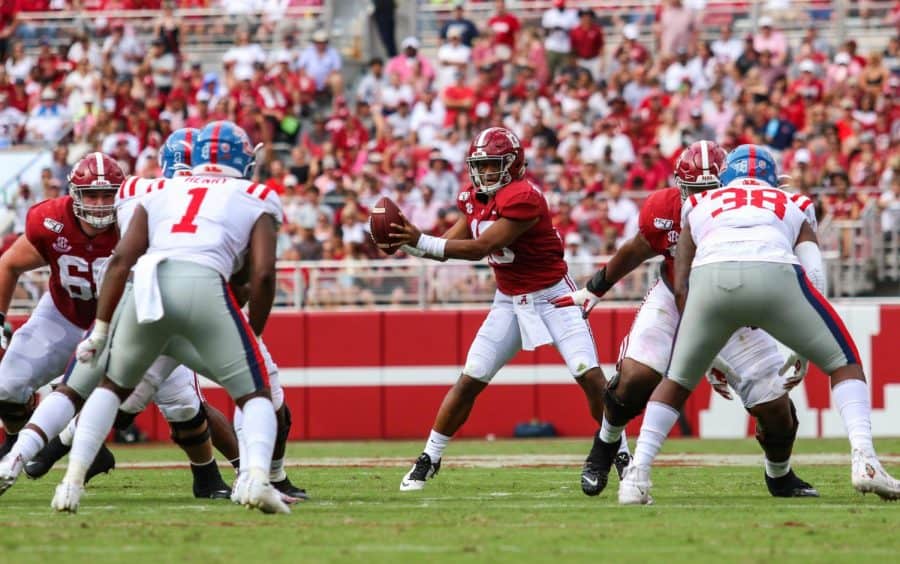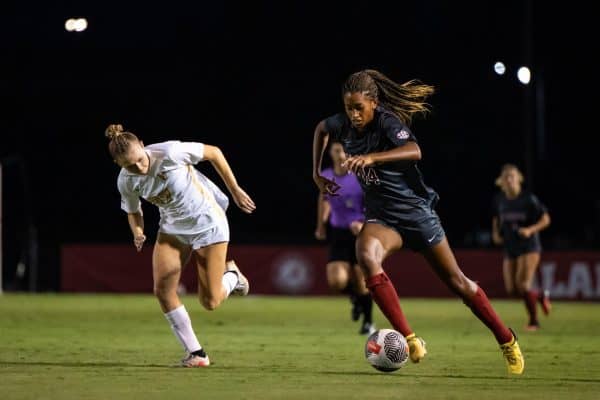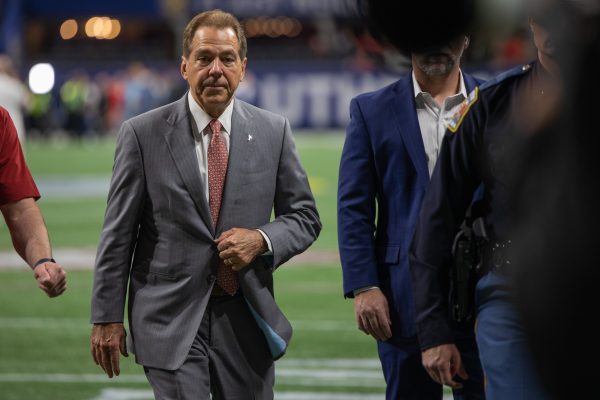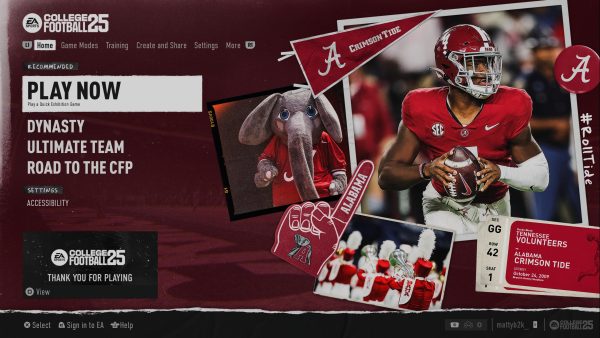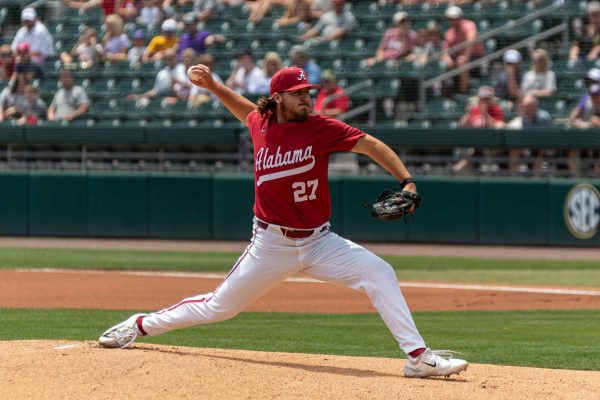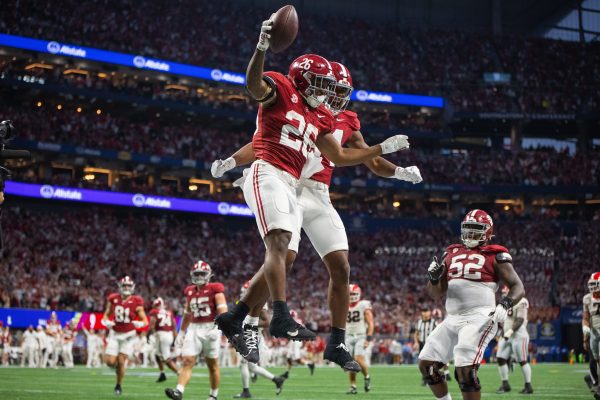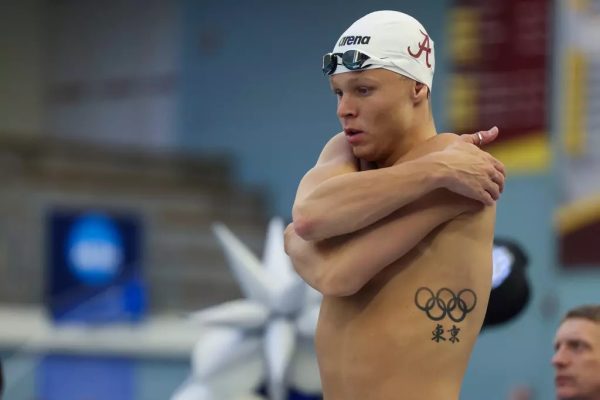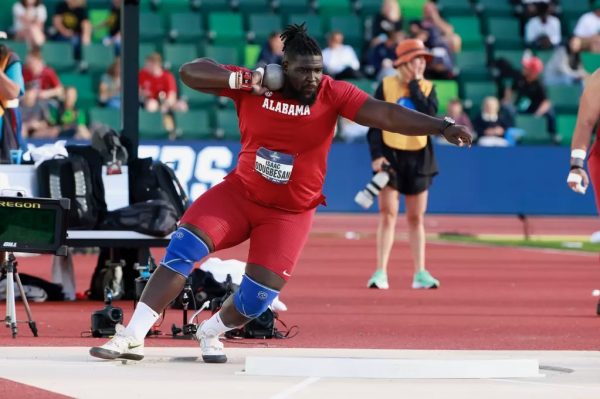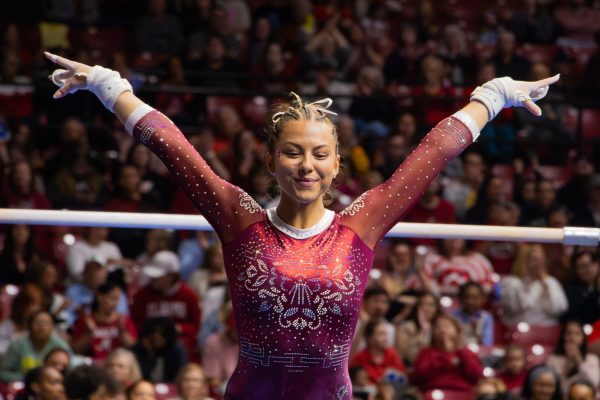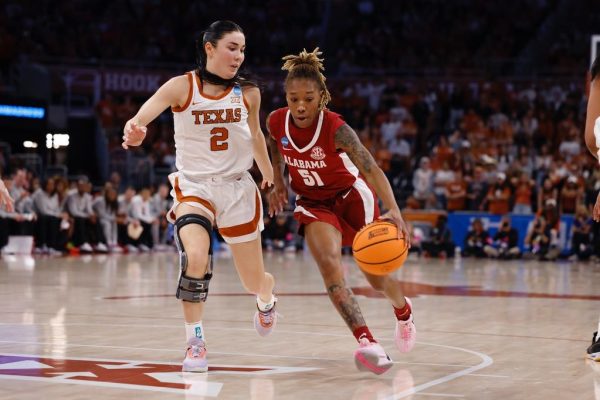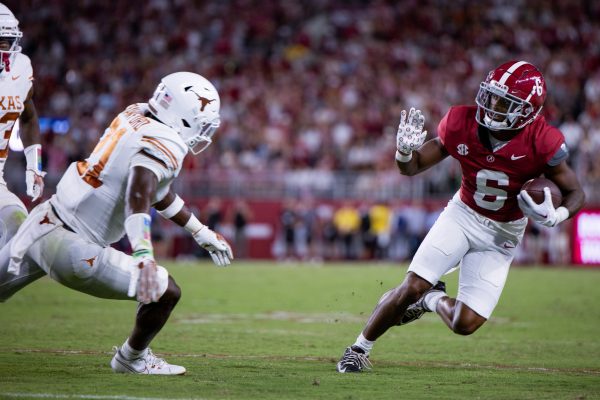New Age offenses clash with playoff hopes on the line
More stories from James Ogletree
It seems predestined by now. Every four years, Alabama and LSU, sporting similar styles of play, must meet in an early November football game that determines far more than SEC West bragging rights.
In 2011, it was a slugfest of elite defenses. In 2015, it was a showdown between two bruising, Heisman-contending running backs. Now, in 2019, Alabama and LSU enter yet another titanic matchup, ranked in the AP Poll as the top two teams in the nation while riding the scintillating success of… their passing games?
The days of Alabama running the ball 40 times per game, steamrolling defenses into submission, are over – cast aside for the offensive juggernaut led by junior quarterback Tua Tagovailoa and his sublime crop of receivers.
“Over time, things change,” junior wide receiver Henry Ruggs III said. “The schemes change. Coaches change. Players change. The evolution is something that you expect.”
LSU has finally followed suit, ending a lengthy obsession with an antiquated approach by hiring New Orleans Saints assistant Joe Brady to coordinate the passing game. His job? Pull the offense into the 21st century.
“This is [LSU’s] first time of really sort of opening up, and it’s paid tremendous dividends,” Alabama coach Nick Saban said. “And I think it certainly features the skill players that they have in a very positive way, and the quarterback. … You make it more difficult for the defense because they have to make a lot of plays in space. I think that’s the way the game is going now, and if you look at some of the most successful teams, offensively they’re pretty much all playing that way.”
LSU coach Ed Orgeron promised over the summer that modern spread concepts had finally made their way into the Tigers’ playbook and said senior quarterback Joe Burrow was thriving in the new-look offense.
In the “Game of the Century” between Alabama and LSU in 2011, the Tigers ran 31 plays out of the I-formation, a traditional style of offense using both a fullback and a running back. They ran 14 more plays with two tight ends on the field.
Having more than two wide receivers on the field was a rarity, reserved only for obvious passing situations like third-and-long. Now, it’s the norm across college football.
The 2018 season marked Alabama’s offensive revolution. It fully embraced the spread, using three wide receivers on the vast majority of its snaps. In the first three games studied for this story – last year’s contests against Louisville, Arkansas State and Clemson – the Crimson Tide had three or more wide receivers on the field 76.3% of the time.
A year later, it’s LSU’s turn to awe the college football world with its starkly different attack.
On LSU’s opening drive against Texas this year, it had at least three receivers on all 10 plays, even flashing an empty backfield look with five wide receivers on first-and-10.
Against Florida, the Tigers used the same three receivers, one tight end and one running back in four different formations on their first seven plays. Sometimes a wide receiver was lined up near the offensive line. Sometimes the tight end was out in the slot. Sometimes he was the outside receiver.
On first-and-10, the third play of the game, the offense emptied the backfield, sending tight end Thaddeus Moss wide to the right and running back Clyde Edwards-Helaire wide to the left. Saban estimated that LSU has an empty backfield on 80% of its third downs.
The Tigers’ message to opponents has been clear: We can beat you any way we want to.
“[Using multiple formations] can get you a certain personnel grouping on defense that you want, and then you can spread them out, and they have to declare what they’re doing,” Orgeron said. “Then, most of the time you’ll have a mismatch.”
The Tigers’ skill positions would create plenty of mismatches, even without the variety of formations. Their top four wide receivers and top two tight ends, who comprise what Saban called the most talented group Alabama has played this year, are all listed as at least 6-foot-1. Five of the six are at least 6-foot-3.
Having talented offensive players is nothing new for LSU, which has sent Odell Beckham Jr., Jarvis Landry, D.J. Chark, Leonard Fournette, Derrius Guice and others to the NFL in recent years. The difference is that the Tigers are now making the most of their talent.
In the words of Alabama redshirt junior outside linebacker Terrell Lewis, LSU’s offensive players have been “let off the leash.”
“I mean, we’re both two good programs, so I feel like we both had to evolve off to how the game is going,” Lewis said. “It’s definitely becoming a passing game now, explosive offense. At some point, big schools like this are going to get the best players, so they evolved and just built off of what they’ve been recruiting.”

